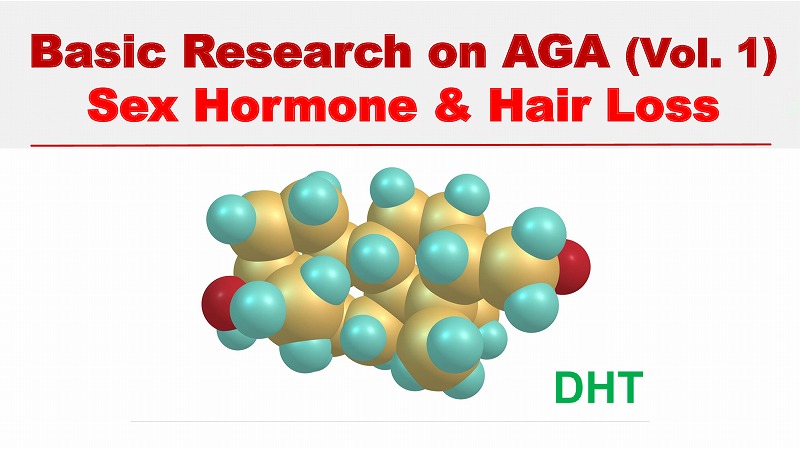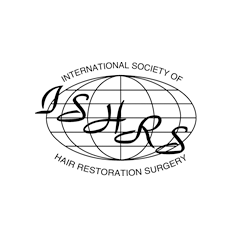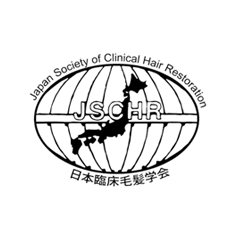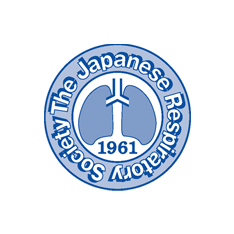Estrogens
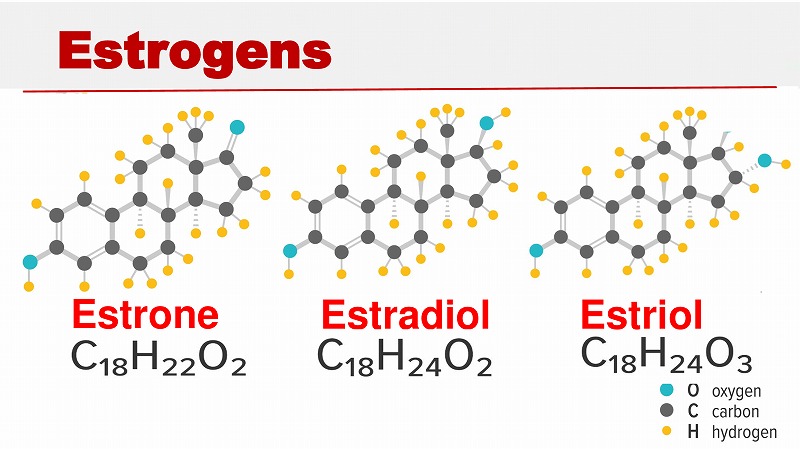
Estrogen is composed of three steroid hormones. They include estrone, estradiol and estriol.
Estrogen is an indirect antiandrogen. They increase sex hormone-binding globulin (SHBG) and reduce circulating bioactive free testosterone.
It also reduces the secretion of luteinizing hormone-releasing hormone (LH-RH) from the hypothalamus and suppresses androgen synthesis in the testes and the ovaries.
Estrogen weakly inhibits 5α-reductase.
Low estrogen levels can play a role in the development of female pattern hair loss or female androgenetic alopecia.
Oral and topical estrogens can be useful for preserving existing scalp hair and inhibiting the progression of AGA. However, they do not seem to have a noticeable effect on regrowing the terminal scalp hair.
With regard to topical use of estrogen, it has been reported that about 30% of estrogen worked effectively and reduced the number of telogen hairs in patients with hair loss, although more than 70% of estrogen was metabolized to nonandrogenic substances.
On the other hand, there are other studies reporting that estrogen inhibited murine hair growth and estrogen shortened the anagen phase, and it caused the early onset of the catagen phase.
Estrogen receptor antagonists induced the telogen phase into anagen and initiated hair growth.
The properties of estrogen on hair follicles are not yet fully understood.
Several different factors may be involved in the process.
Thick Hair during Pregnancy and Postpartum Hair Shedding
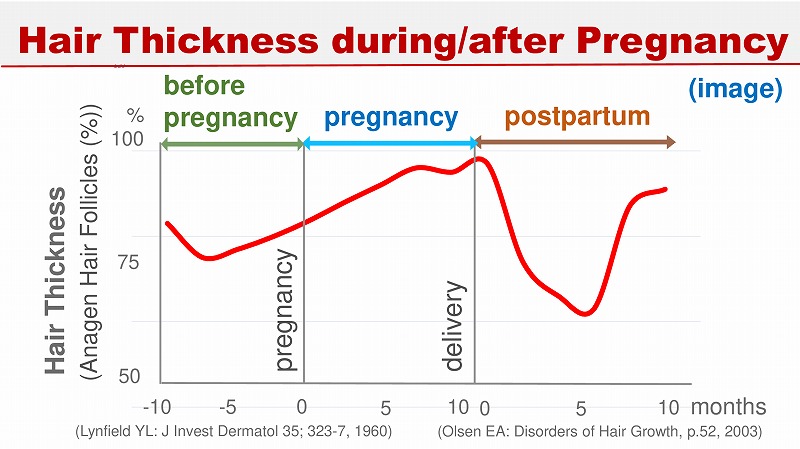
During pregnancy, the number of anagen hair follicles increases on the scalp.
Pregnancy prolongs the duration of the anagen phase and inhibits the transmission from the anagen phase to the catagen phase. This is the mechanism of increasing hair thickness during pregnancy.
On the contrary, a large number of hair follicles enter the catagen phase and subsequently the telogen phase after the childbirth.
The essence of hair loss after the delivery is telogen effluvium, which leads to increased hair shedding and a decrease in hair thickness within about 3 months after the childbirth.
It is known as “telogen effluvium gravidarum” or “postpartum telogen effluvium”.
Postpartum Telogen Effluvium
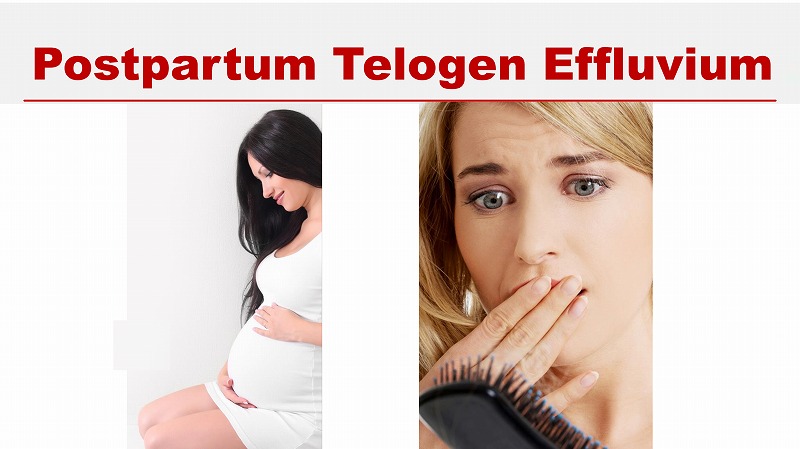
Most women do not notice the increase in hair thickness and the total volume of hair during pregnancy.
However, they often panic about the massive hair shedding during the first several months after giving birth.
Increased hair shedding after the childbirth is painful. A few months after the delivery is a difficult time for many women.
Hair thickness usually returns to the pre-pregnancy levels within one year, unless the constitution of female androgenetic alopecia is superimposed.
